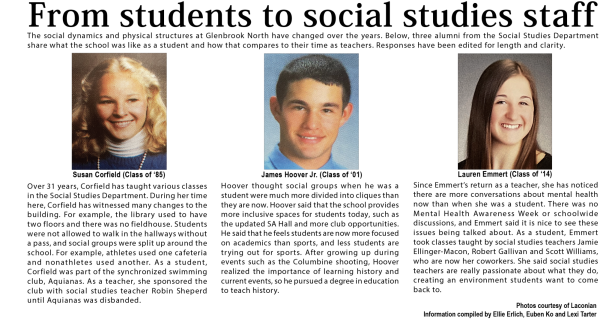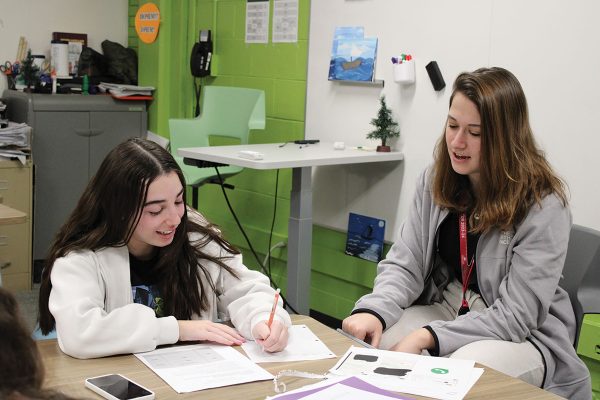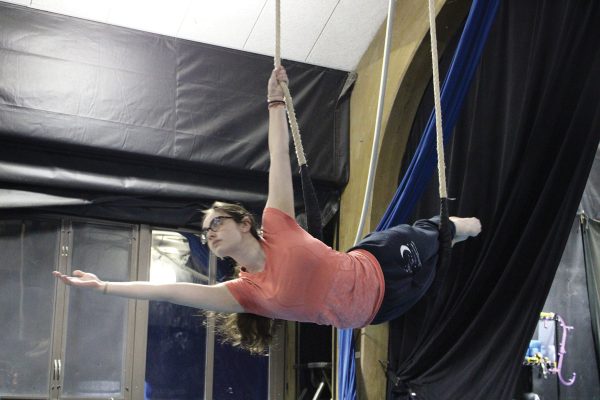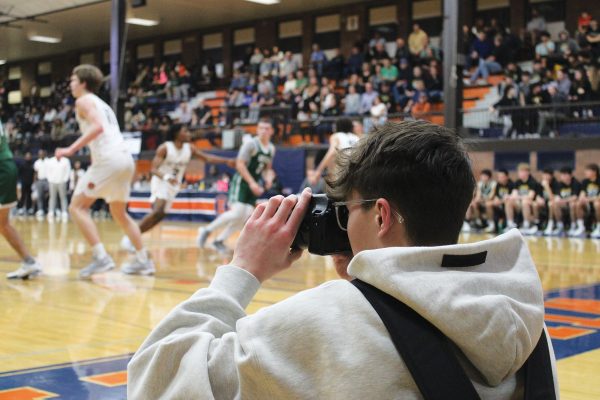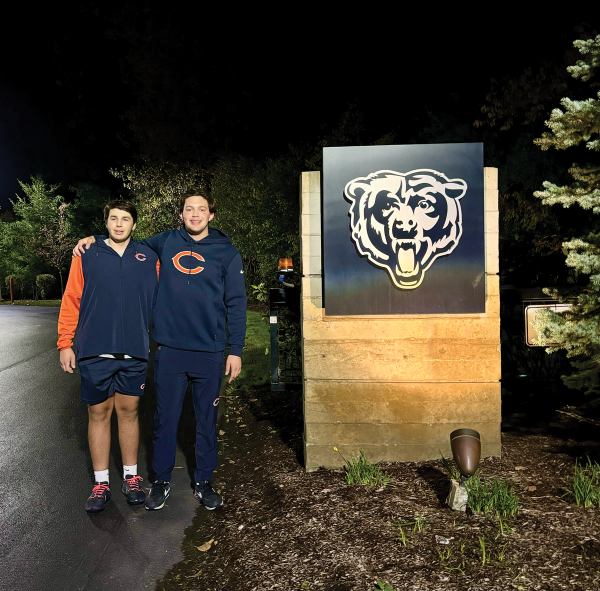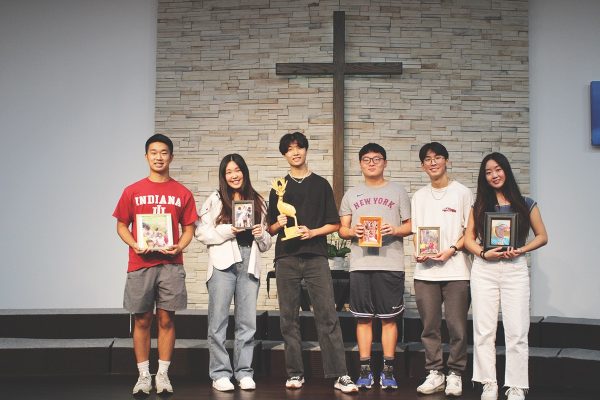Science teacher takes physics abroad
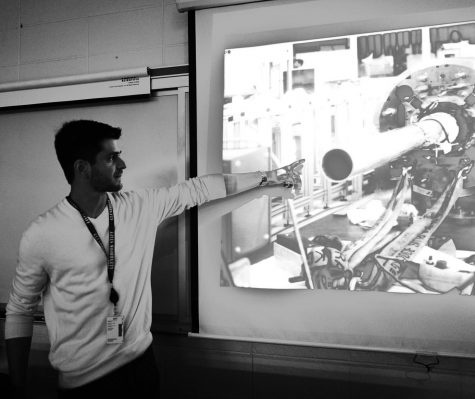
Five teachers from the United States are chosen each year to attend a three-week research program in Geneva, Switzerland. After being denied from the program the previous summer, physics teacher Tony Valsamis was offered the chance to take part in this unique opportunity.
Valsamis headed overseas to join physics teachers from around the world at the European Organization for Nuclear Research, also known as CERN, headquarters.
“There were all sorts of physics educators there, anywhere from middle school … through college [and] university level,” said Valsamis. “The knowledge of what was going on in the physics world was completely at the [extreme] as well. You had some that knew a lot and some that didn’t know as much, but everyone brought something unique to the group, which was amazing.”
According to Valsamis, the program included 100 hours of lectures and 20 hours of developing educational projects in small groups. Valsamis’ group focused on researching particle acceleration, which physics teacher Grant Kudert said “answers the most basic questions of the universe.” Valsamis plans to implement his research within his curriculum as his classes begin talking about particle acceleration.
“[My classes] just started our first unit on kinematics so we just started talking about motion,” said Valsamis. “We haven’t yet learned acceleration, but moving into the next unit we’ll be able to talk about [the] changing of speed.”
Kudert said particle acceleration research is the most cutting-edge research that is taking place in physics today and the particle accelerator at CERN is where the most advanced physics research is going on.
“What they do in thisresearch is they try to grasp what the most basic structure of our universe is,” said Kudert. “Even smaller than atoms, smaller than electrons, smaller than protons and neutrons.”
According to junior Zach Fox, Valsamis gave his classes a presentation sharing pictures and information about his experience. Fox said his favorite parts of the presentation were seeing how excited Valsamis was to talk about the things he learned, and the “jaw-dropping” photos Valsamis took while exploring Switzerland.
Valsamis said one of the highlights of his trip was being able to present his research on particle acceleration to members of CERN at the end of the program.
“I thinkit’s acool accomplishment to say that you presented something at CERN,”said Valsamis. “We invited anyone from CERN who was interestedin watchingwhat we had to say, and it wasalsostreamedathome… for people to watch. It gave us all a sense of professionalism and it showed that [CERN]respected what we had to say.”
Along with presenting at CERN, Valsamis said he definitely accomplished his original goal, which was to learn more about the world of particle physics.
“I’m still connected to a lot of the members of the program, and they’re constantly sending updates about their classrooms and the new ideas that they’re implementing,” said Valsamis. “I’m doing the same back as I get theseexperiences, and it’s nice to see the outcome of what did happen insteadof justwhatcould’vehappened.”





